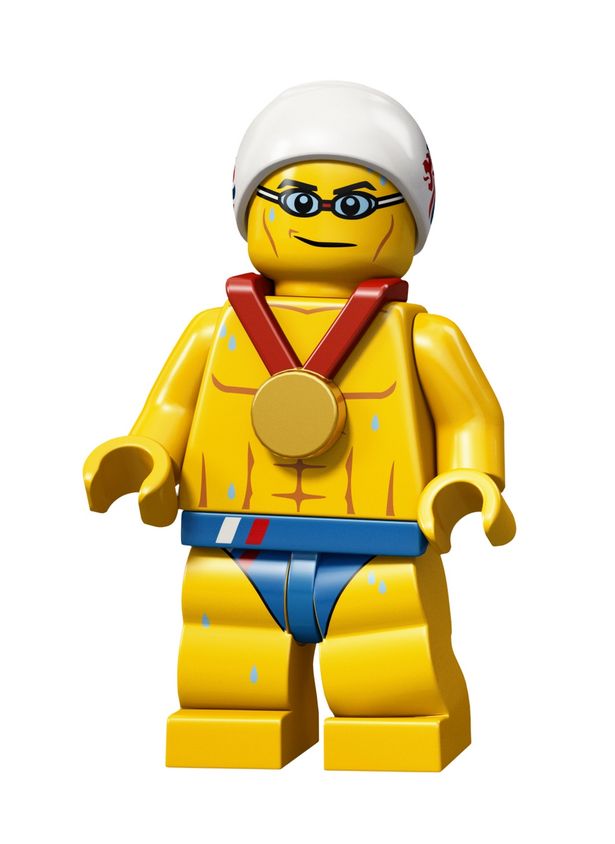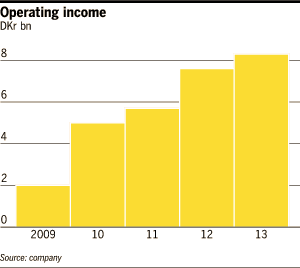How Lego became the world’s biggest toy company
Lego has just overtaken Mattel as the world’s largest toy company. The Lego formula appears simple: take plastic costing less than $1 per kilogramme and transform it into sets based on Star Wars, Legends of Chima or The Hobbit retailing for about $75 per kg.
But the company’s success – sales enjoyed compound annual growth of more than 20 per cent between 2008 and 2012 – is not just built on the humble plastic brick. It has branched out from toys into video games, board games and, most recently, film, with the highly successful The Lego Movie .
But as children spend more time playing on devices such as iPads and smartphones, Lego faces a big problem that has stalled rivals: can it keep up its stellar growth in an increasingly digital world of play, or will it be trapped by its own recent success?
Minecraft, a highly popular Lego-like computer game in which players build or destroy virtual landscapes made of building blocks, was created by the Swedish start-up Mojang. Some Lego executives privately regret that they failed to develop such a game.
CEO Mr Knudstorp praises Mojang, with whom the toymaker is developing several big Minecraft sets for release later this year.
“What we’re finding is that if you are very good at writing books, you are not necessarily the best to turn that book into a great movie. You need somebody who makes movies . . . and in our case we need partners who can translate the physical Lego experience into the digital experience,” he says.
Lego teamed up with TT Games, a British games developer, to make video games from Lego ranges such as Star Wars and Chima. Many became bestsellers and Lego has had success, too, with online games. It also partnered with Warner Bros to make The Lego Movie, which is the seventh-highest grossing film of the year, generating close to $500m globally.
“This movie signals they continue to want to expand from a construction toy to a content company. They can leverage that safe brand,” says Prof Robertson, a professor at the University of Pennsylvania’s Wharton School who has written a book on Lego, Brick by Brick.
But Mr Knudstorp says Lego will never become a fully digital company.
“The one thing is that we never leave the physical brick. Our standpoint is that physical play is extremely important. Then I see digital as an extra experience layer.”
He adds: “I guess we could be closer to a Nike, which is trying to obviously sell a very physical product like a sneaker or golfing equipment but may add an app that improves your golfing performance.”
Lego has not always done well. They were in a mess at the end of the 1990s for several reasons including a dizzying array of product launches and recruiting workers who lacked sufficient understanding of the company and its culture.
Some of those issues are now returning. Lego’s website lists 30 product ranges, while in February the company said it would focus on increasing staff in Connecticut, London, Shanghai and Singapore.
And growth is slowing at Lego. Sales increased 10 per cent last year, down from the breakneck average of 20 per cent in the previous five years. That is still better than many rivals in a gloomy toy market. Mattel’s sales rose 1 per cent in 2013 while Hasbro’s fell slightly.
Posted in: Big Picture story


